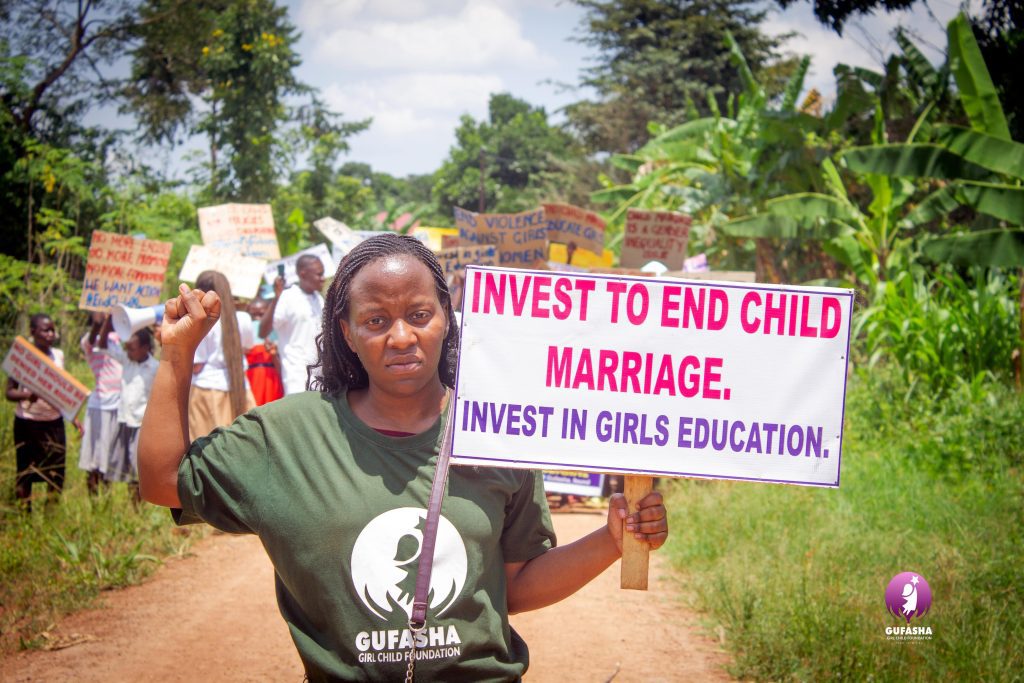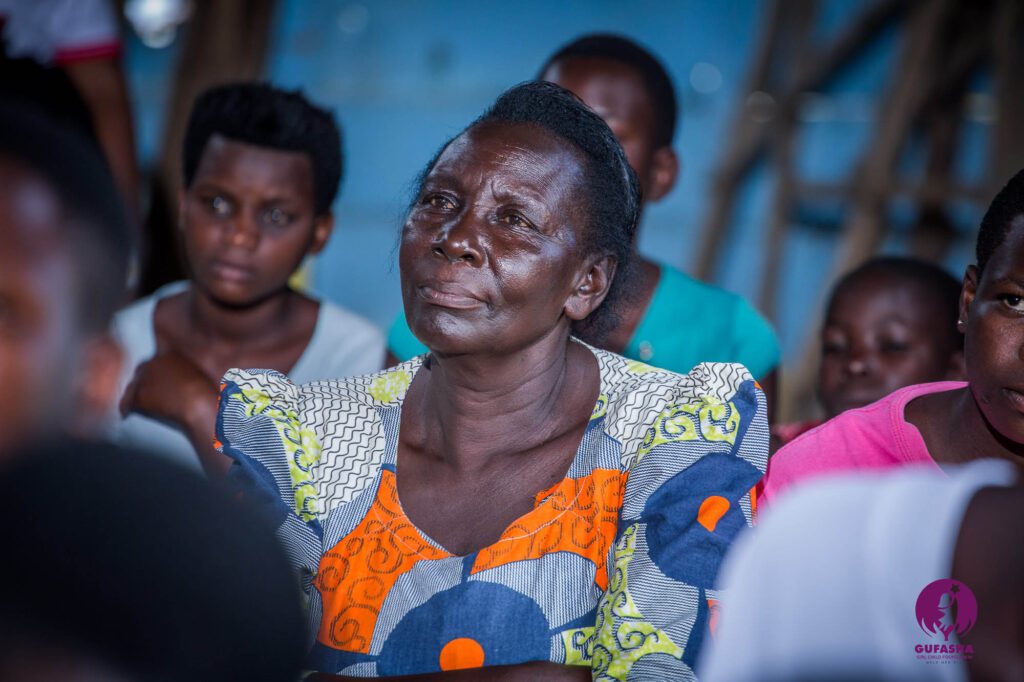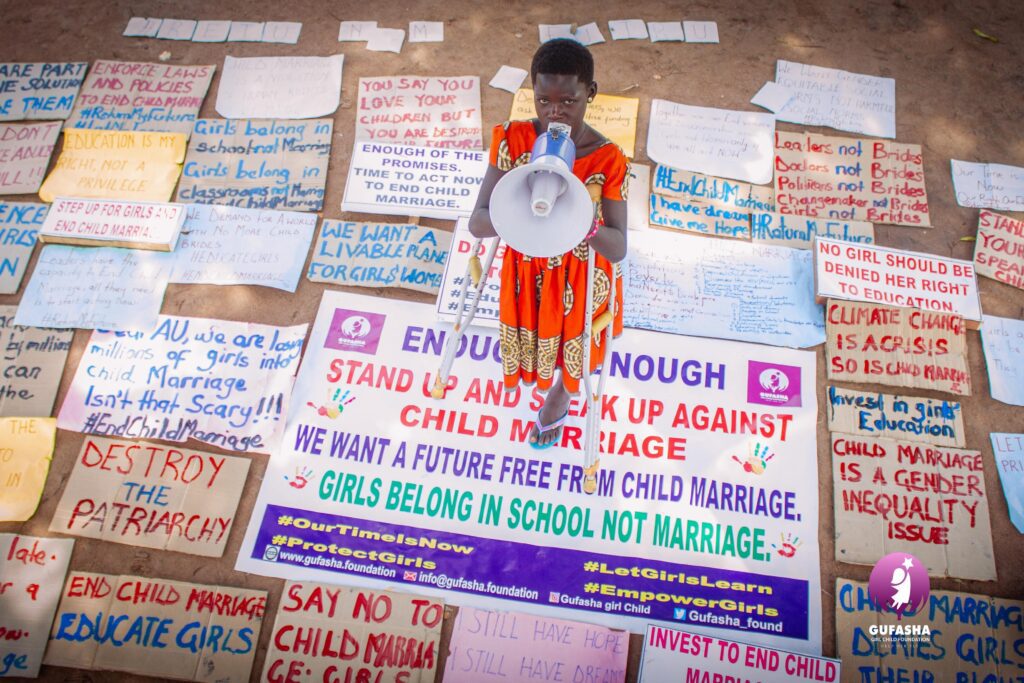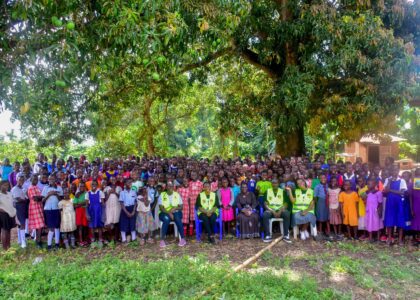According to UNESCO, 129 million girls are out of school with 50 million girls in sub-Saharan Africa. In Africa, girls face barriers to education of which these barriers are both economic and cultural, and they have a profound impact on the educational opportunities available to girls. In some cases, these barriers can be so severe that girls are unable to access education at all
The major barriers to girls’ accessing quality education include;
- Poverty; Many families in Africa are unable to afford the costs associated with sending their children to school, such as school fees. Even in areas where there is quite free education and parents don’t have to pay school fees, it is always costly for them to cater for other costs such as scholastic materials, uniforms, transport at the same time supporting household needs.
- Negative social and cultural norms; cultural barriers such as traditional gender role, gender-based discrimination, early marriage limit girls from accessing education. It is estimated that around the world,12 million girls are married off every year and most of these girls have dropped out of school or have never set a foot in the classroom. The negative cultural and societal beliefs that surround girls’ education such as the belief that girls belong to the bedroom, the belief that girls belong in the kitchen and taking care of the household chores and the belief that girls become part of her husband’s family and so have little or no motivation of educating their daughters.
- Conflict and crisis; For African countries hugely impacted by the climate crisis, climate disasters such as floods are likely to translate into the end of schooling for girls and contributing to the rates of girls being married off young. In times of drought, girls walk long distances and spend much time to collect water which causes them to miss out school or reach school late and tired.
- Unfriendly school-environments for girls; In most schools, violence and discrimination exist and there is lack of safety, hygiene or sanitation needs of girls such as safe toilets, menstrual products and clean water at school to help them manage menstrual hygiene . The lack of Gender-responsive teaching practices that result in gender gaps in learning also continue to limit girls from staying in school and completing their education.
As we know that girls have so much potential within themselves but this potential can only be unlocked with an education, is the reason we should strive to ensure that every girl is in the classroom, learning and completing her education.
We have what it takes to put a stop to the barriers that limit girls from acquiring quality education and achieving the UN Sustainable Development Goal on education of ensuring that all children especially girls have access to free, equitable and quality education by 2030.
African governments need to prioritize funding girls’ education to provide free education opportunities that helps girls, especially the most marginalized, get the quality education they need so they can be able to complete their education. However, funding and supporting gender-transformative education systems will make education more inclusive and equitable by identifying and tackling discriminatory gender norms, dismantling barriers and inequalities and promoting safe learning environments for all girls.






